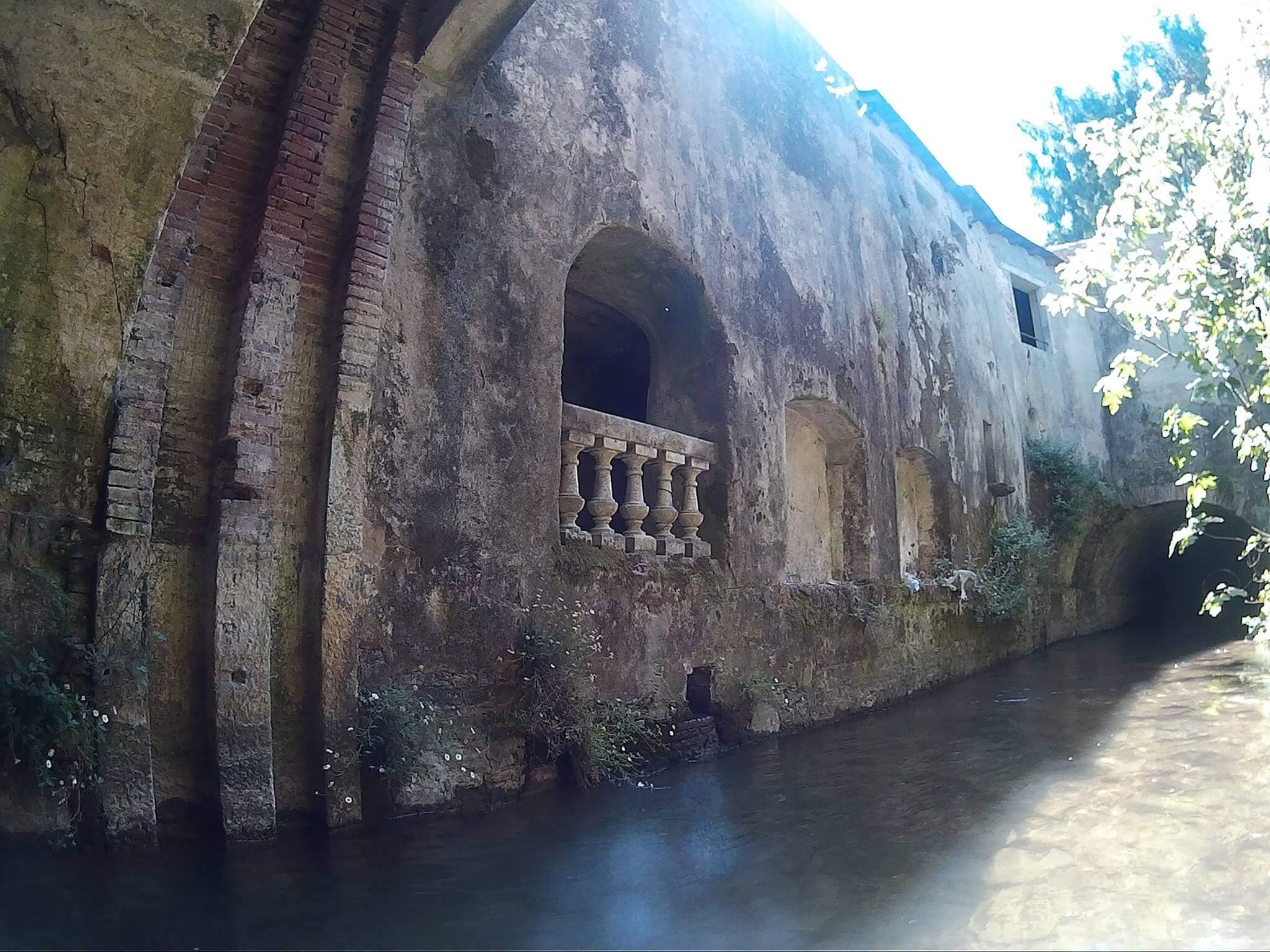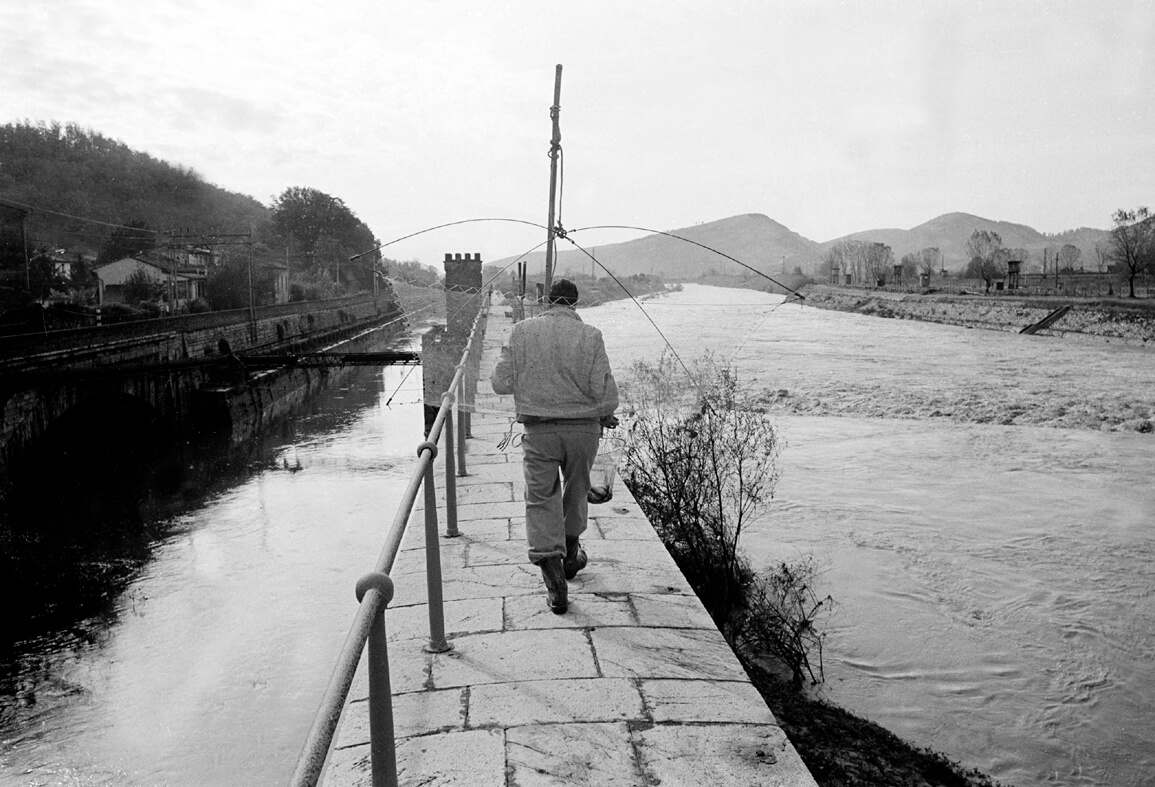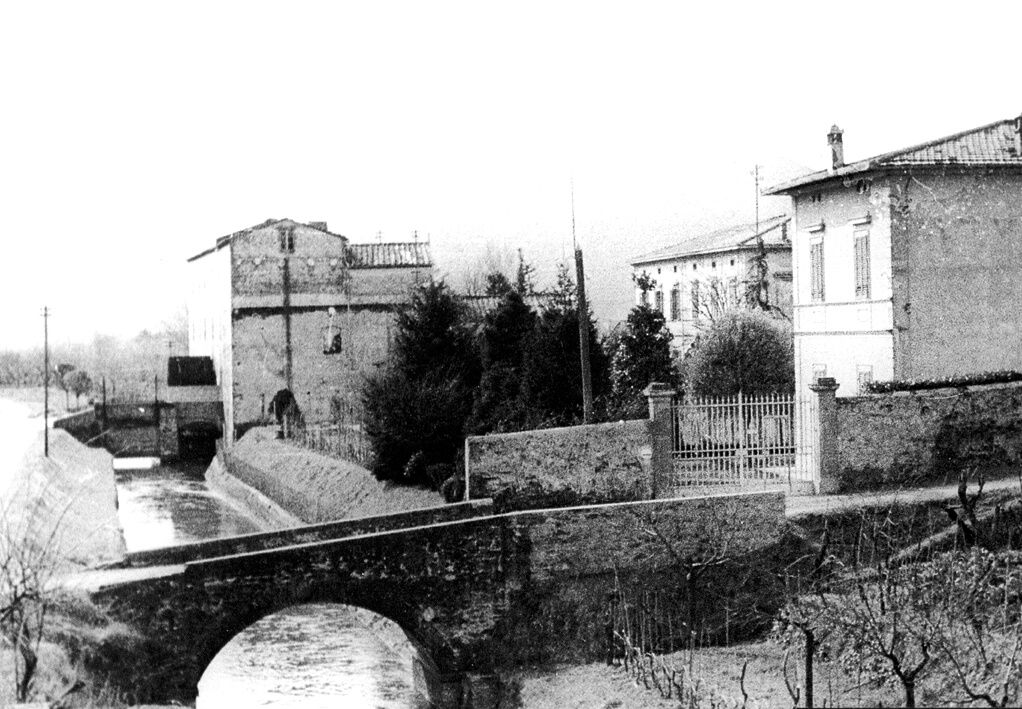Ripafratta, the last village in the province of Pisa before the province and town of Lucca, is located on the bank of the Serchio river, in the narrow gorge carved by the river itself between the Monte Pisano hills and the hills of Vecchiano.
The name of the place has been reported in various forms throughout history and it is unclear what its origin is. Before the year 1000, the locality was known as Ottavo, because of the distance that separated it from Pisa ("Ottavo" meaning "Eighth"), or simply as Ripa. On many sources we can find the name Ripafracta, from which comes the current name, perhaps reminiscent of a break of the river banks that defined the conformation of the territory as we see it now ("ripa" and "fracta" are two latin words meaning "shore" and "broken").
Born as a customs outpost because of its border position between the two rival cities of Pisa and Lucca, and dominated by the "Da Ripafratta" family, the village acquired an increasing strategic importance, mainly under the influence of the Republic of Pisa. So important to convince the Republic to strengthen the castle originally founded by the Da Ripafratta, transforming it into a real fortress (XII-XIII century), sided by a system of watchtowers (the so-called Niccolai and Centìno towers, and Ripafratta's current bell tower).
The Village
The church
The current church of St Bartholomew the Apostle dates back to 1854-57, when it was built to replace an ancient romanesque church, seriously damaged by an earthquake of 1846.
Inside, next to the entrance portal, the fourteenth-century wooden statue of the Madonna di Rupecava, a work attributed to Andrea Pisano. The statue, carved in a single piece except for the arms and the Child, was originally placed in the ancient hermitage of Sancta Maria ad Martyres, known as Rupecava ("Empty rock"), located on the hills above Ripafratta and now in ruins. The Madonna and the hermitage are the object of particular devotion in the whole territory.
On the right wall inside the church is the tombstone of the young Matteo Gambacorti, pisan noble died and buried in Ripafratta in 1370, and the foundation stone of the original romanesque church, dating back to 1326, with the names of the workers who built it.
The high altar is a nineteenth-century work, as well as the balustrades in marble of Siena that close the presbytery. In the choir, on the wall, a large nineteenth-century painting depicting the Madonna with Child and Saints.
The left wall houses a modern portrait of Blessed Lorenzo Da Ripafratta, a Dominican, belonging to the Da Ripafratta family. According to the legend, Lorenzo was born right inside the Fortress in 1373. A traditional story tells us how the vocation of Lorenzo happened: little more than a child, he was playing on the square of Ripafratta when a carriage suddenly stopped in front of him. A nun came down - who was later known to be Saint Catherine of Siena -, looked at him and without saying a word caressed him and then left. Lorenzo became an important figure in the Dominican order, of which he was also general vicar. He is buried in the church of San Domenico in Pistoia, where he died in 1456. He was beatified by Pius IX on 4 April 1851, and his memory is celebrated on September 27th.
The Bell Tower and the Gate
The present bell tower still reveals its original military role: in fact, it was probably one of the village's defense towers. A second tower was the Tower-Gate, which closed the road and access to the village near the river: it survived until WWII, but was then blown up by German troops in retreat in 1944.
The square and the ancient alleys
The small square is the heart of the village. It used to house a large stone column: the "berlina", or the public pillory. During WWII, the column was accidentally shot down by an American tank.
On the square there are other buildings of historical value, such as the "Palazzo della Dogana" (old customs building), the Palazzo De Virte and, a little further on, the residence of the Podestà with the nearby prisons, marked by two engraved stones with the Medici coat of arms. The suggestive and most ancient alleys are: via di Sopra, vicolo del Campanile, and via Silvestro Lega, at the end of which there are traces of another old church, with its beautiful white marble facade, now converted into a home.
Nature and landscape
The Serchio river and the waterways
Ripafratta rises on the banks of Serchio, the third biggest river of Tuscany, which flows into the sea a few kilometers from here, in the natural park of Migliarino - San Rossore - Massaciuccoli. In front of the village, the river is characterized by an ancient artificial barrier called the Steccaia, built to power a complex hydraulic system that characterized the village from the grand ducal era on.
In fact the Fosso del Mulino (the "Mill Canal") was built by Cosimo I de' Medici to connect these lands to the city of Pisa and encourage the transport of goods and people, as well as to operate numerous water mills along its way. The canal still collects the waters of the Serchio, underpasses Ripafratta's houses, skirts the Monte Pisano hills and finally flows into the Arno river near Piazza delle Gondole in Pisa.
Between the river and the village, we can also find a third waterway, another artifical canal called the Ozzeri. Built in the nineteenth century, it drains the plains around Lucca collecting the waters of ditches and canals, and flows into the Serchio just downstream of Ripafratta. For the particular conformation of Ripafratta's narrow land, it was decided to separate the Ozzeri from the Serchio river through a huge stone wall, and to modify the structure of the Mill Canal, by sliding its first section under the "new" Ozzeri.
The Monte Pisano
Ripafratta is located at the foot of the Monte Pisano hills that separate Pisa from Lucca.
The territory of the Monte Pisano, whose highest peak is Mount Serra (917 mt), includes the municipalities of San Giuliano Terme, Buti, Calci, Vicopisano, Vecchiano, Lucca and Capannori. The territory is dotted with small villages, often of medieval origin, churches, hermitages and remains of towers and fortifications.
Some suggestive places are: the village of Vicopisano, the Verruca Fortress, the Certosa di Pisa also known as the Certosa di Calci, the abbey of S. Maria di Mirteto in Asciano, the sanctuary of Santa Maria in Castello in Vecchiano, the Medici aqueduct from Asciano to Pisa, the remains of the Roman aqueduct of Caldaccoli in San Giuliano Terme, the Villa of Corliano.
A typical product of these lands is olive oil, as you can guess from the many olive trees located along the slopes of the hills. Monte Pisano has also been exploited for the extraction of stone and marble since ancient times (the monuments of the famous Piazza dei Miracoli in Pisa are made with its marble). Typical are also chestnuts, in particular those coming from the centuries-old chestnuts of Molina di Quosa, a village near Ripafratta.
But perhaps the greatest wealth of Monte Pisano is its network of trails in a nature still largely untouched, which makes it a wonderful destination for trekking lovers. Ripafratta, for example, is the starting point of the 00 trail, which reaches the Fortress and runs along the entire ridge of Monte Pisano. Ripafratta is also touched by the 105 and 104 trails, ideal for shorter but equally panoramic walks.






